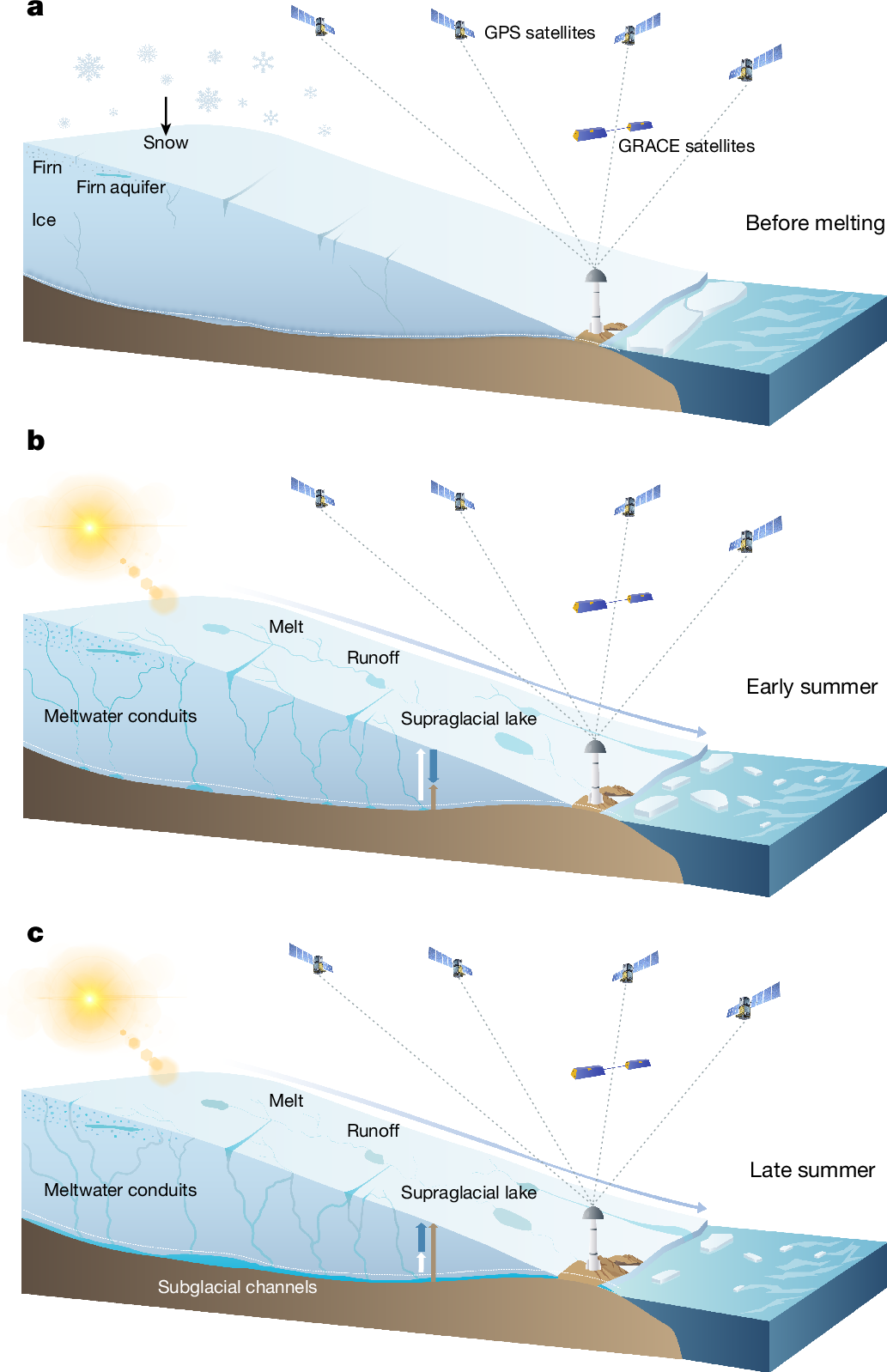2024-10-31 チャルマース工科大学
<関連情報>
- https://news.cision.com/chalmers/r/the-silk-thread-that-can-turn-clothes-into-charging-stations,c4059623
- https://onlinelibrary.wiley.com/doi/10.1002/advs.202406770
- https://pubs.acs.org/doi/full/10.1021/acsami.0c15399
熱電繊維用ポリ(ベンゾジフランジオン)コーティング絹糸 Poly(benzodifurandione) Coated Silk Yarn for Thermoelectric Textiles
Mariavittoria Craighero, Qifan Li, Zijin Zeng, Chunghyeon Choi, Youngseok Kim, Hyungsub Yoon, Tiefeng Liu, Przemyslaw Sowinski, Shuichi Haraguchi, Byungil Hwang, Besira Mihiretie …
Advanced Science Published: 05 August 2024
DOI:https://doi.org/10.1002/advs.202406770

Abstract
Thermoelectric textile devices represent an intriguing avenue for powering wearable electronics. The lack of air-stable n-type polymers has, until now, prevented the development of n-type multifilament yarns, which are needed for textile manufacturing. Here, the thermomechanical properties of the recently reported n-type polymer poly(benzodifurandione) (PBFDO) are explored and its suitability as a yarn coating material is assessed. The outstanding robustness of the polymer facilitates the coating of silk yarn that, as a result, displays an effective bulk conductivity of 13 S cm−1, with a projected half-life of 3.2 ± 0.7 years at ambient conditions. Moreover, the n-type PBFDO coated silk yarn with a Young’s modulus of E = 0.6 GPa and a strain at break of εbreak = 14% can be machine washed, with only a threefold decrease in conductivity after seven washing cycles. PBFDO and poly(3,4-ethylenedioxythiophene):poly(styrenesulfonate) (PEDOT:PSS) coated silk yarns are used to fabricate two out-of-plane thermoelectric textile devices: a thermoelectric button and a larger thermopile with 16 legs. Excellent air stability is paired with an open-circuit voltage of 17 mV and a maximum output power of 0.67 µW for a temperature difference of 70 K. Evidently, PBFDO coated multifilament silk yarn is a promising component for the realization of air stable thermoelectric textile devices.
機械縫製電子テキスタイル用グリーン導電性セルロース糸 Green Conducting Cellulose Yarns for Machine-Sewn Electronic Textiles
Sozan Darabi,Michael Hummel,Sami Rantasalo,Marja Rissanen,Ingrid Öberg Månsson,Haike Hilke,Byungil Hwang,Mikael Skrifvars,Mahiar M. Hamedi,Herbert Sixta,Anja Lund,Christian Müller
ACS Applied Materials & Interfaces
DOI:https://doi.org/10.1021/acsami.0c15399
Abstract

The emergence of “green” electronics is a response to the pressing global situation where conventional electronics contribute to resource depletion and a global build-up of waste. For wearable applications, green electronic textile (e-textile) materials present an opportunity to unobtrusively incorporate sensing, energy harvesting, and other functionality into the clothes we wear. Here, we demonstrate electrically conducting wood-based yarns produced by a roll-to-roll coating process with an ink based on the biocompatible polymer:polyelectrolyte complex poly(3,4-ethylenedioxythiophene):poly(styrene sulfonate) (PEDOT:PSS). The developed e-textile yarns display a, for cellulose yarns, record-high bulk conductivity of 36 Scm–1, which could be further increased to 181 Scm–1 by adding silver nanowires. The PEDOT:PSS-coated yarn could be machine washed at least five times without loss in conductivity. We demonstrate the electrochemical functionality of the yarn through incorporation into organic electrochemical transistors (OECTs). Moreover, by using a household sewing machine, we have manufactured an out-of-plane thermoelectric textile device, which can produce 0.2 μW at a temperature gradient of 37 K.



